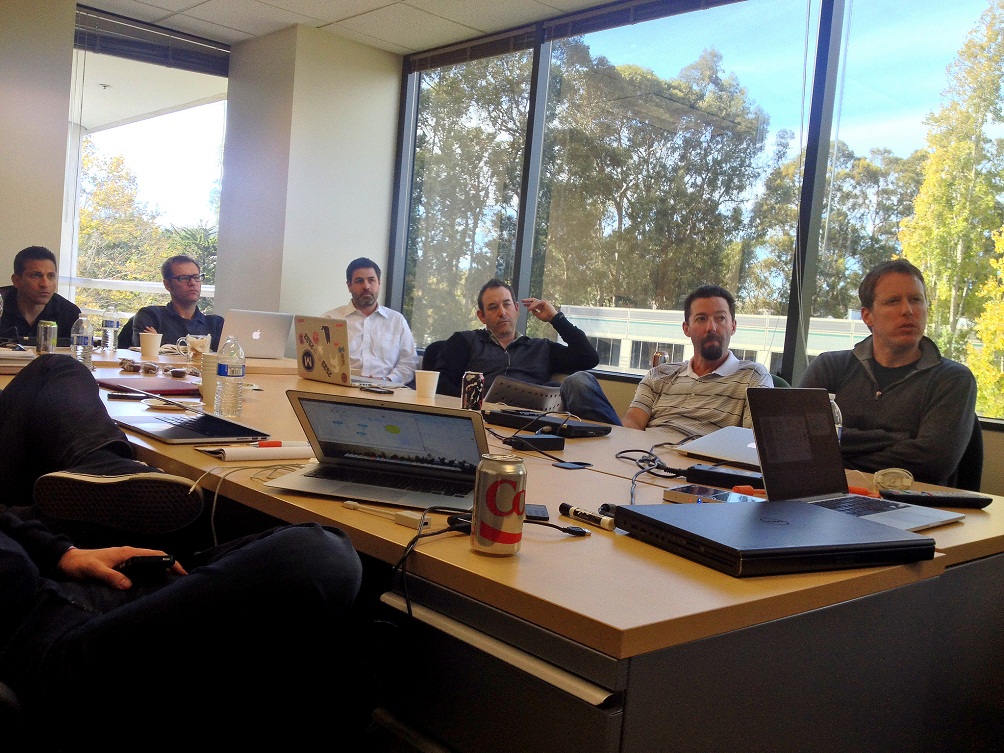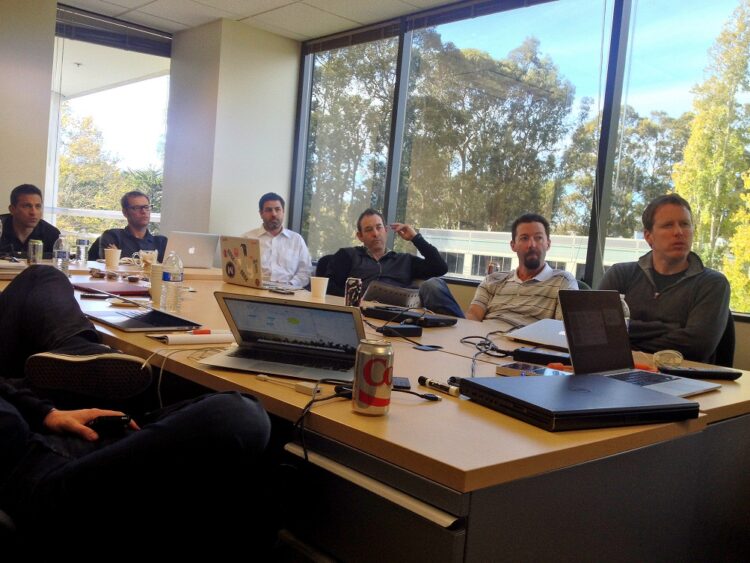
What is sales? It is a question I often pose to sales reps when they are in a rut. It is not uncommon to get into a funk, sales is a tough profession and we all have times when the pipeline is thin and deals are few. In these moments, we often focus on things that are not important or helpful.
One thing we get anxious about is making the number. You often hear “sales is a numbers game.” This type of thinking generally promotes the work harder approach, even if more “work” is not demonstrably improving results. In the absence of a reasonable solution for your sales woes though, working harder makes it feel like you are in control of the situation.
The other thing that gets in our heads is the focus on job security and finances. The prospect of missing quota looms large in the minds of many reps and managers. You do not want to let down your team or your boss. At the same time, you wonder if your job is on the line. The phrase “you are only as good as your last quarter” haunts your sleep.
What is happening is that we begin to focus on ourselves. Instead of our prospects and customers being front and center, we begin to behave in ways that promote our own interests. There is nothing inherently wrong with that; you need a healthy dose of self-interest. It becomes poisonous, however, when it comes at times of desperation. It poisons the very essence of the sale.
We tend to think of a sale as a transaction. In both the consumer and retail oriented worlds, that certainly feels true. However, what really happens is that there is an exchange of value — my product or service for your equivalent exchange of value, whether that comes as an in-kind exchange, a barter or money.
Value exchange is the mechanics of what occurs, but does not tell us the “why”. In the world of B2B sales, that almost always comes down to fulfilling a need. No sale proceeds unless there is a well-defined rationale that said product or service has the potential to fulfill a worthwhile need in the organization. So posing the question of what is sales again, it is an exchange of value that fulfills a defined customer need.
You may ask why I am belaboring such an obvious point. The reason is that we often neglect why exactly we are in sales in the first place. We are there to help our customers fulfill a need. Yet, much of what we do in leading sales teams and in the act of selling runs counter to this simple fact.
This seller-centric approach taken to its extremes leads to situations like we saw with Wells Fargo. From the recent Senate testimony and as further explored in the Planet Money podcast, the only thing that mattered was the “number.” “8 is Great” was the mantra and employees not onboard were quickly churned out.
What is missing from this equation? Actual customer need. Did anyone actually “need” 8 accounts? Maybe a small percentage, otherwise most had no need for anything other than a basic checking account. What emerged were shortcuts that quickly led to outright fraud. Incentives drive behaviors.
We are doing sales all wrong. Instead of focusing on customer need, it is all about “dialing for dollars,” “the close” and “crushing quota.” Instead of humans, we have targets. Rather than listening and understanding why our solution is needed now, we lob over end of quarter discounts. When the deal comes through, we ring the sales gong and move on to the next target, because that is what our sales process tells us. And when our customer has a problem, we are too busy to bother.
We talk a good game about the “buyer’s journey.” However, buying is the shortest and easiest part of being a customer. We should look at the customer journey and the impact sales has on that journey and vice versa. The salesperson has a huge influence on whether that journey is a short or a long one.
Yet, over and over again, the same problems crop up, particularly with SaaS startups that employ a high velocity sales model. However any of the following are symptomatic of a lack of intentional customer focus across many types of companies:
- Large outbound sales volume leading to few opportunities
- Significant drop-off in engaged prospects after a demo
- High churn, low renewal rates
- Lack of a consistent customer feedback program
- No customer referral based leads
There are others, but these 5 points represent a gap between the sales execution and the value customers perceive in the solution and sales process. We often blame our teammates in marketing or product or service. While there can be many root causes and certainly blame to be had, ultimately it is sales that needs to take the lead in addressing the gaps.
Several months ago, I read a book by restauranteur Danny Meyer titled Setting the Table. He goes to describe what he means by hospitality:
“Virtually nothing else is as important as how one is made to feel in any business transaction. Hospitality exists when you believe the other person is on your side. Hospitality is present when something happens for you. It is absent when something happens to you. Those two simple prepositions — for and to — express it all.”
In the world of B2B sales, we often neglect the “feel” part. That sounds soft for those that are veterans to enterprise selling. But when we are selling, are we doing sales “to the customer” or are we helping along a purchase “for the customer”? Ignoring that subtle distinction can undermine your trust and credibility, which is fatal to any sale.
Service is at the heart of any sales. As a sales professional, you are the director setting the stage for a long-term relationship. As such, you are in the service of delivering a superior sales experience that connects a worthwhile need to a solution only you can uniquely deliver.
We often think of customer care as something we assign to a group to take care of. Many companies employ skilled customer success teams for that very purpose. That being said, the care of customers is the responsibility of everyone that interacts with the customer. That especially includes sales.
What is the take away? We should reexamine how we approach our sales process and incentives. How much of our process aligns to our buyer’s versus how much aligns with our own desire to push the sale and manage to the number? At what point do we become the “pushy” salesperson and overstay our welcome versus someone that can bring insight and value into the conversation? What is the right balance so that ultimately we can serve our customers?
That is what we plan to explore this week at the Boston Enterprise Sales Meetup with our speaker Mike Myers. If you cannot make it in person, we invite you to join us via Livestream. Let me know how you are changing the sales experience to be one that best serves your customer.
This article was originally published on Strong Opinions, a blog by Birch Ventures for the NYC tech startup community.
Image credit: CC by Jim Larrison



